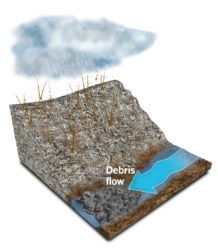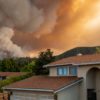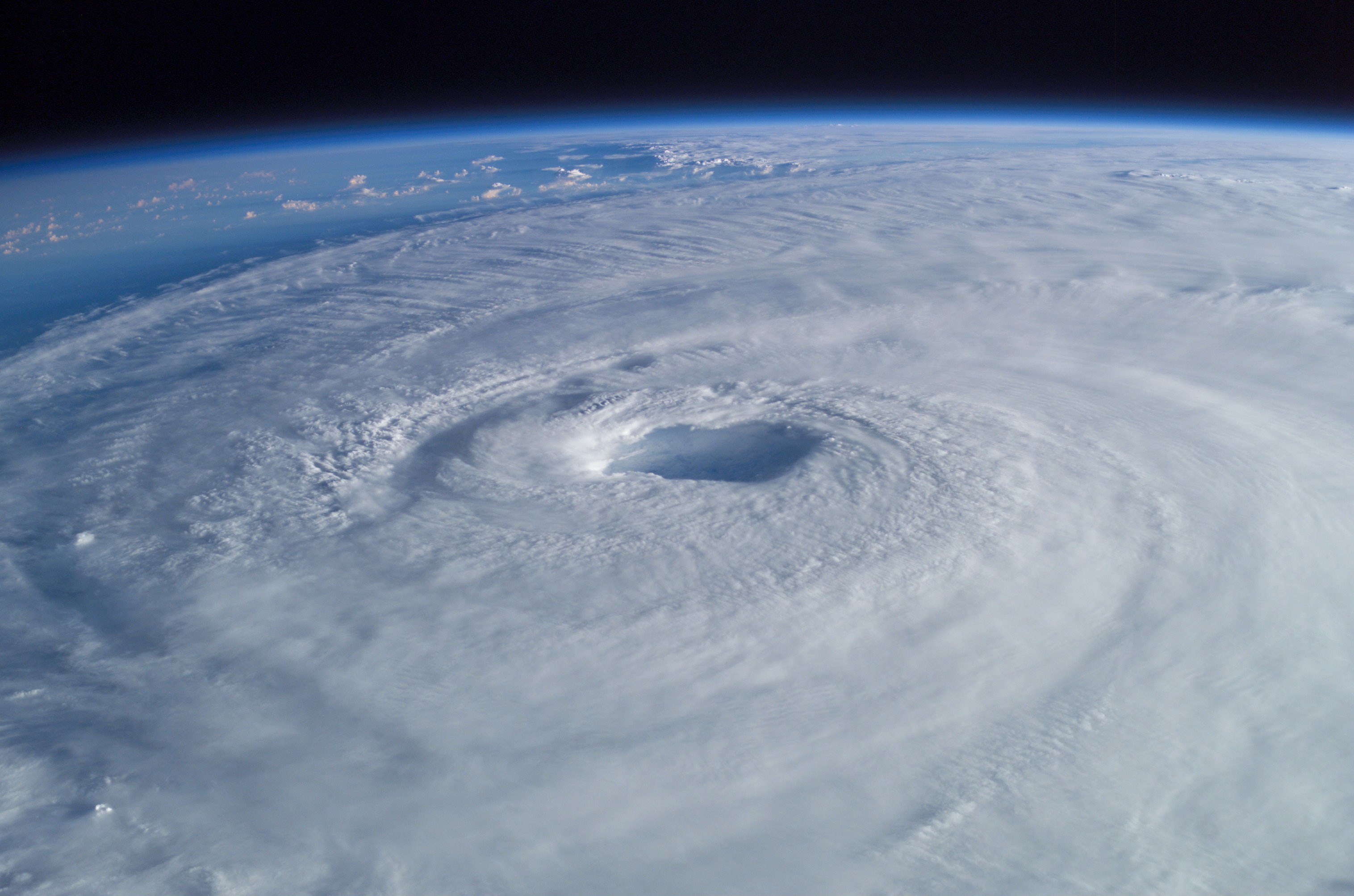Yet another winter storm is slated to send more rain to Southern California this week and we at RedZone think it warrants a little inside info on the risks of post-fire debris flows. The nation is experiencing its second El Nino effect in three years with it forecast to last in to the summer. What that means, is a higher potential for land-moving rainfall rates in areas where fires have scorched the landscape. After last years tragic events that occurred in the Thomas fire burn scar, officials have not taken the potential of these continued storms lightly. So far this winter, residents have been evacuated near the Holy, Thomas, Cranston, Napa/Sonoma, and Woolsey fires (all recent burn scars from the last couple years).
Although vegetation grows back in approximately five years after a fire, researchers estimate that it takes up to two decades for a hillside’s soil to be restored to pre-fire conditions. Strong rains that happen during that five-year window bring a heightened chance that debris flows could occur. This is best explained by NOAA’s “Flood After Fire Fact Sheet”.
Rain after Fire can equal Debris Flows
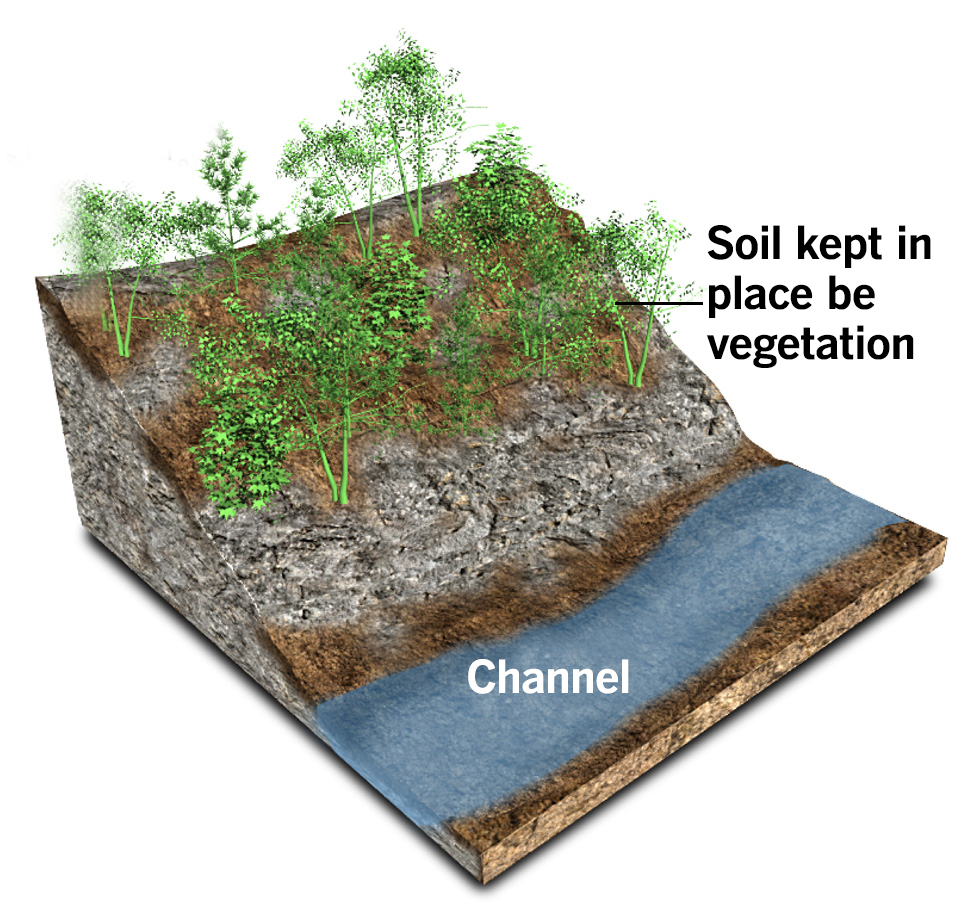
Before fire and rain, soil is trapped on steep rocky hills by vegetation [Credit: LA Times]
Large-scale wildfires dramatically alter the terrain and ground conditions. Normally, vegetation resides across the landscape and absorbs any rainfall, reducing runoff. However, wildfires leave the ground charred, barren, and unable to absorb water, creating conditions ripe for flash flooding and mudflow. Steeper the terrain and closer to the runoff zones the higher the debris flow risk is until the vegetation is restored.
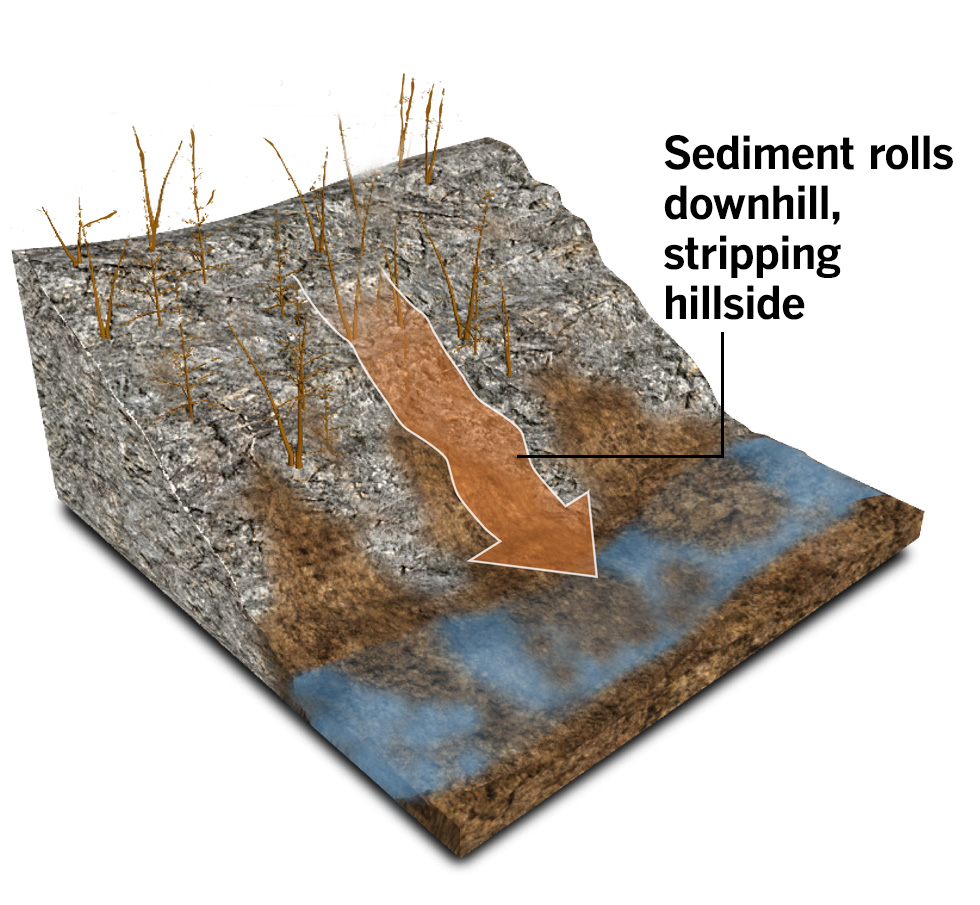
During summer’s fire season, vegetation is burned, causing sediment to roll down steep hills. Within a few hours or days, channel bottoms are loaded with loose sediment. [Credit: LA Times]
Flooding after fire is often more severe, as debris and ash left from the fire can form mudflows. As rainwater moves across charred and denuded ground, it can also pick up soil and sediment and carry it in a stream of floodwaters. These mudflows can cause significant damage.
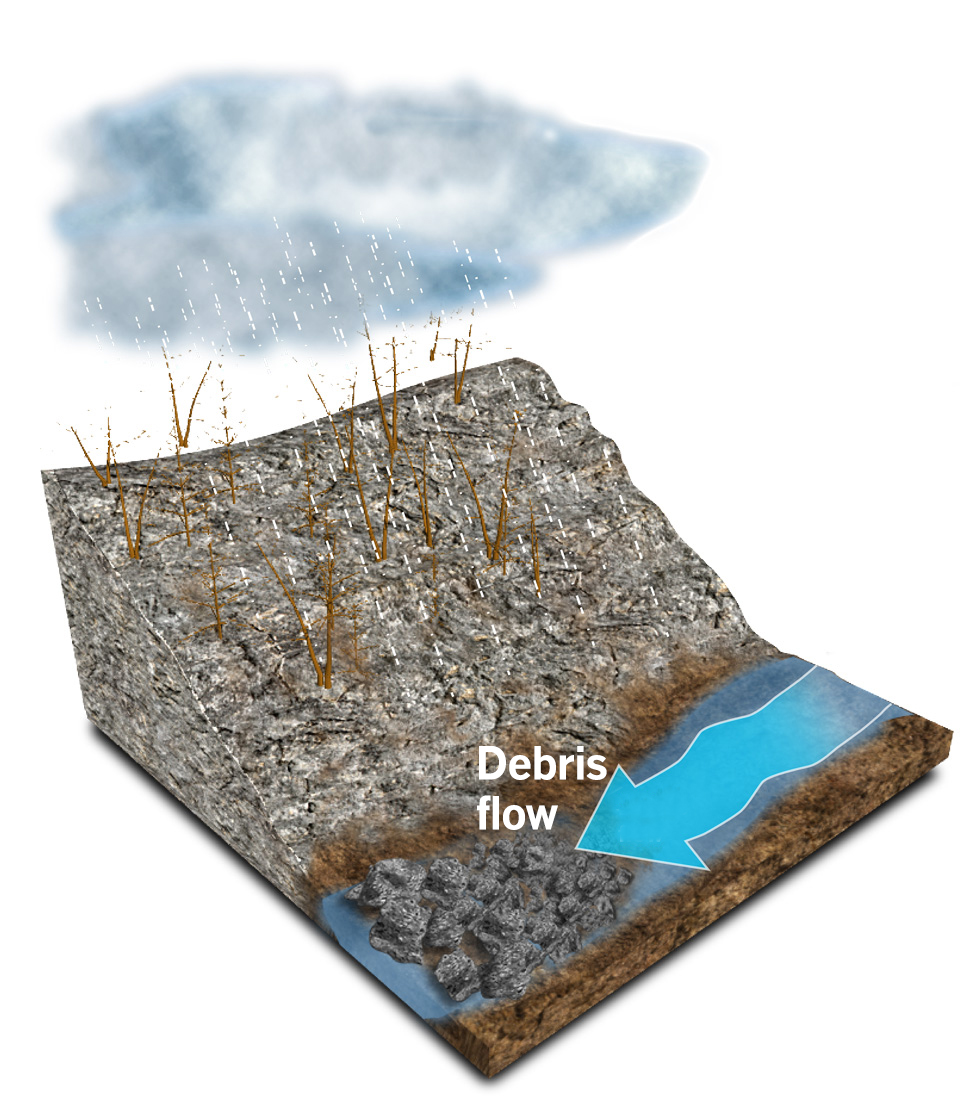
During a winter’s rain, the water and runoff move sediment in the steep channels, producing debris flows. [Credit: LA Times]
Sources
https://www.latimes.com/visuals/graphics/la-me-g-how-debris-flows-happen-20141217-htmlstory.html
https://www.wrh.noaa.gov/lox/hydrology/files/DebrisFlowSurvivalGuide.pdf]
https://landslides.usgs.gov/hazards/postfire_debrisflow/
https://www.usgs.gov/natural-hazards/landslide-hazards/science/landslides-101

